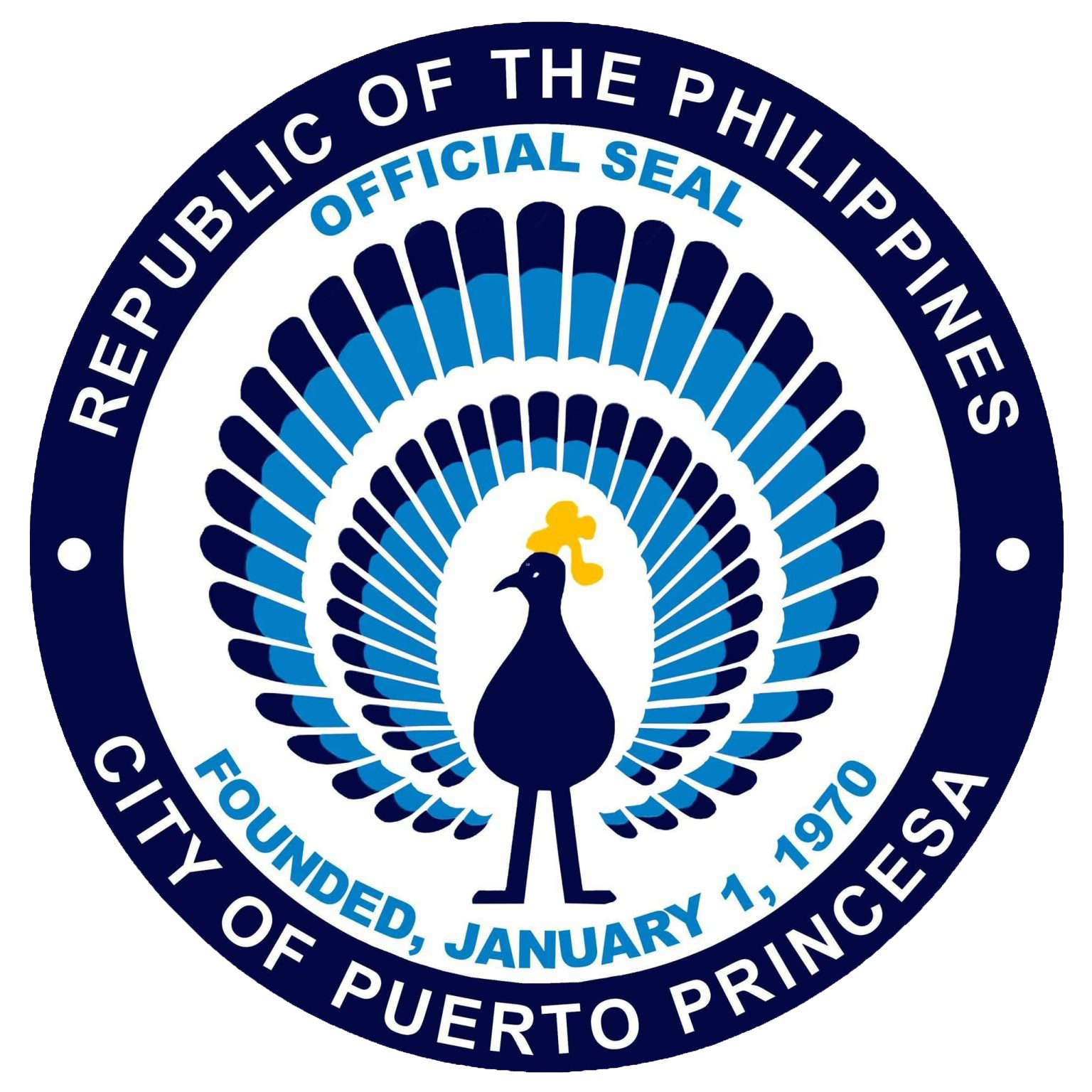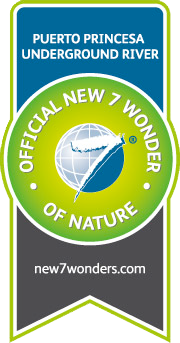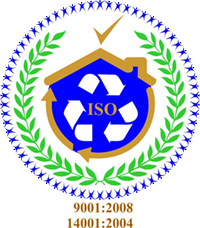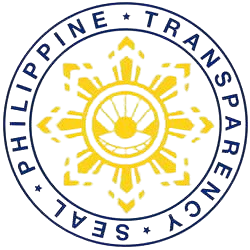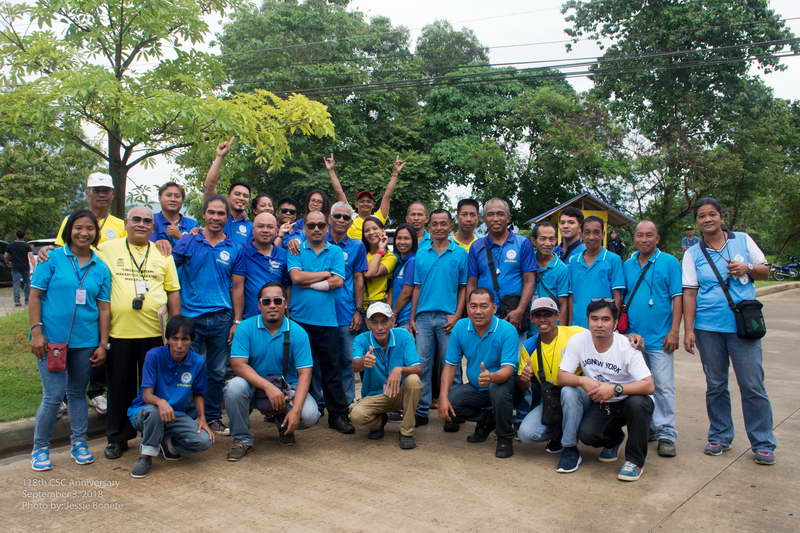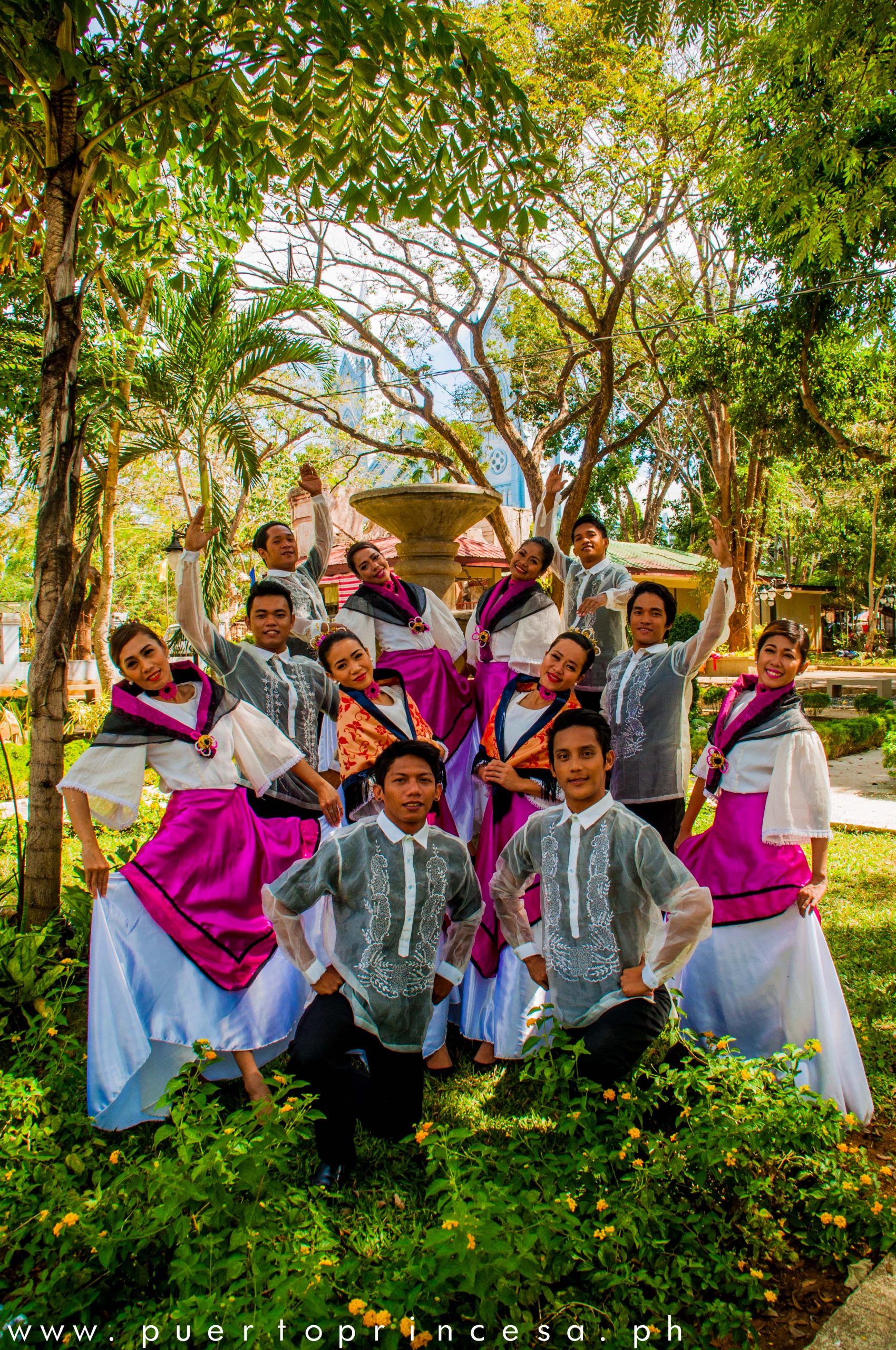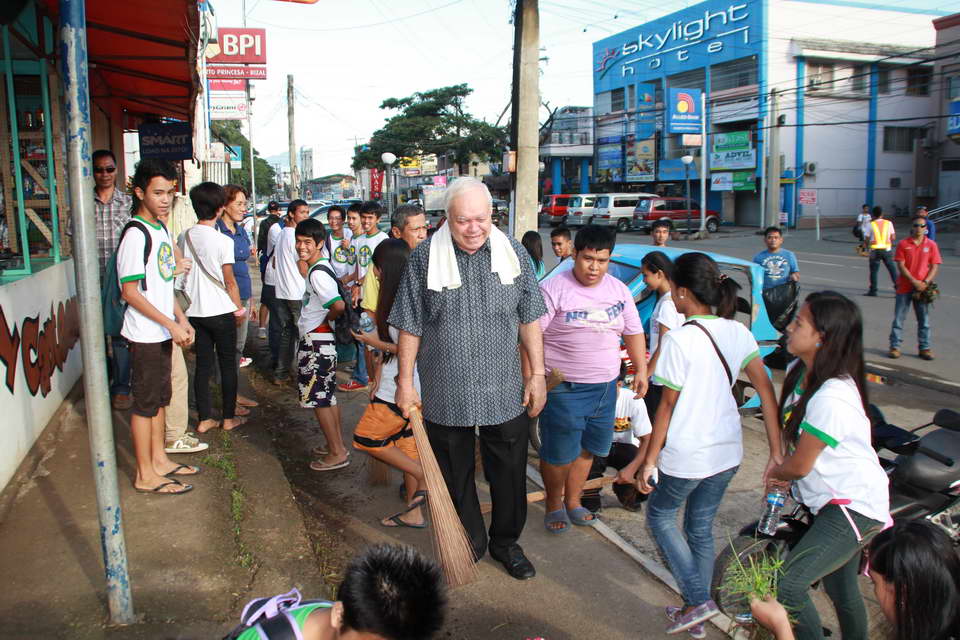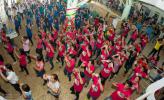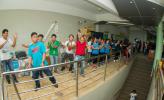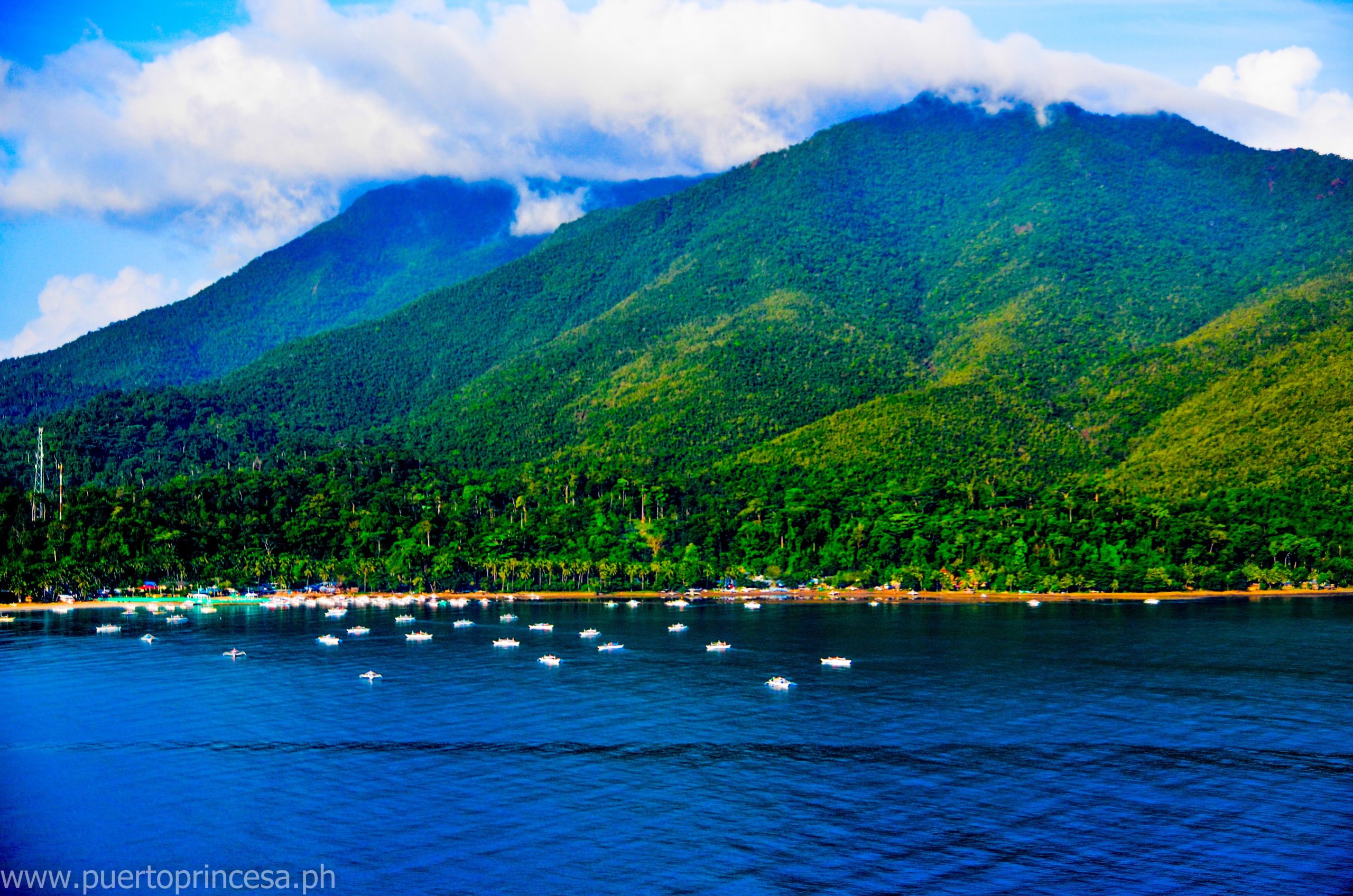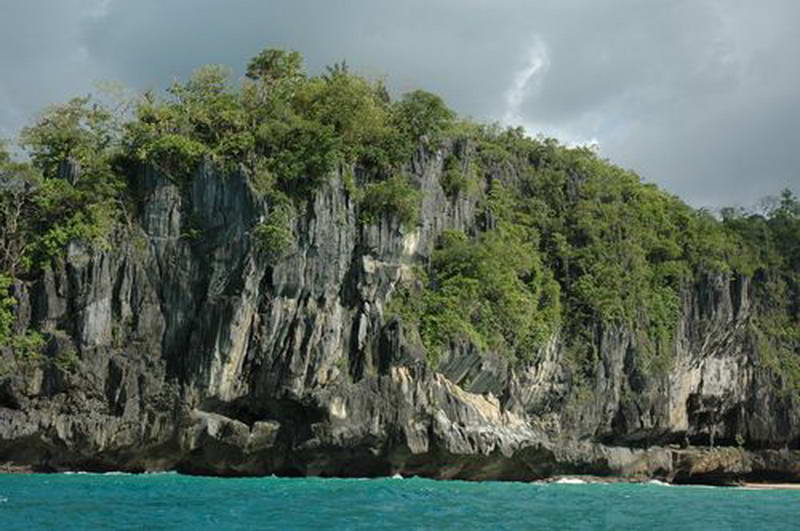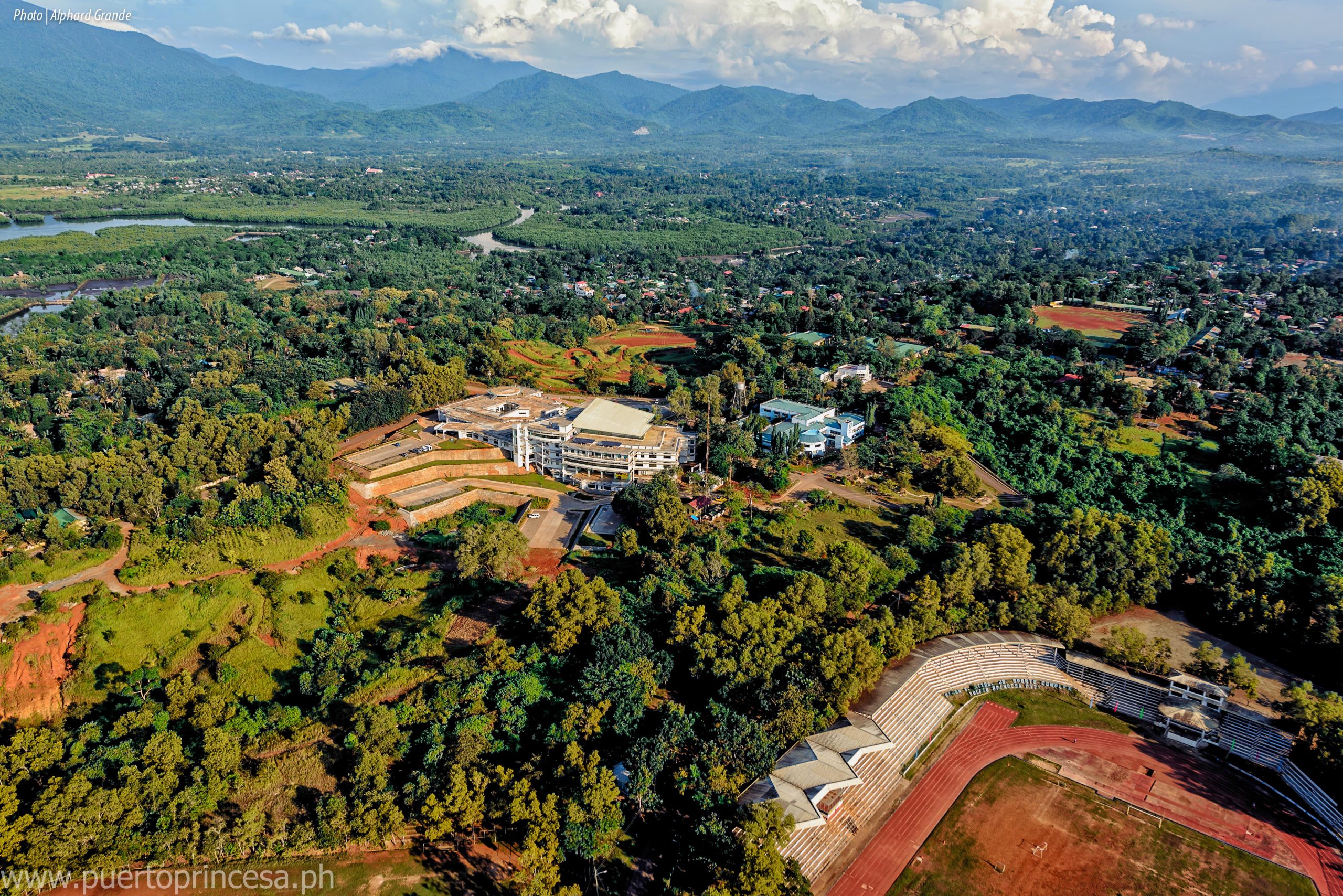MODEL OF SUSTAINABLE DEVELOPMENT
Man and nature are twin agents of development which shapes and reshapes the face of a community and character of man’s activities. At times the struggle between the two is violent and sporadic, which invariably activate the potential energies of man and nature, molding them into a grand pattern of advance and retreat, of creativity or disastrous anatagonism, and of promise or failure.
These are the realities that man has to face in the fulfillment of a vision and a mission for meaningful sustainable development. In 1992, there were already signs of environmental stress manifested in the City of Puerto Princesa caused by rapid increase in population and denuded watershed was not able to provide the needed water during the dry months.As dynamite and cyanide fishing have destroyed coral reefs, fisherman have had to go farther out to sea to fish.
The year 1992, saw a change of administration in the City Government with Mayor-elect EDWARD SOLON HAGEDORN taking over the 27-year administration of Mayor Feliberto Rodriguez Oliveros, Jr. Luck must have been with him when in 1992, he was elected City Mayor. He said, “it was about time that we put a stop to all these environmental exploitation. The people of Puerto Princesa City had had enough.
They wanted a leader that could put a stop to all illegal activities in the island so they urge me to run for mayor.” He declared to turn Puerto Princesa City “A Model of Sustainable Development.” To accomplish the vision, he firmed his mission to protect and rehabilitate whatever is left of the existing natural rsources; institute an intelligent, well-planned and sustainable development master plan in the utilization of its natural rsources in order to strengthen its potential of increased financial capability.
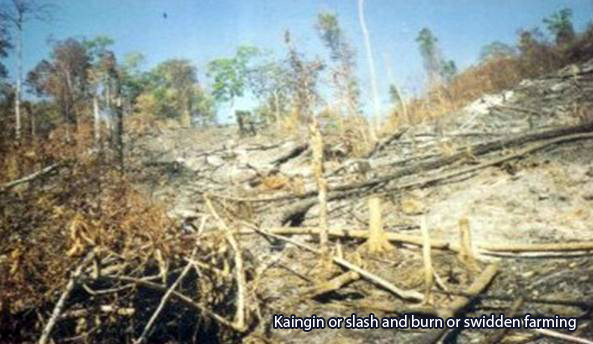
SWIDEN FARMING OR KAINGIN
Studies unmistakably show that the immediate causes of this gloomy atmosphere were: piles of uncollected garbage and dirty streets; slash and burn farming or kaingin (Swiden farming); and the most destructive illegal logging while the depletion of marine rsources was accelerated by use of toxic substances and such fishing methods, as the muro-ami.
Edward Solon Hagedorn officially started his administration as City Mayor of Puerto Princesa, on June 30, 1992, when practically all the monies of government had already been budgeted and spent. There was 3.1Million net cash overdraft which by August, he managed to wipe out and made available another 3.1Million for his administration’s programs.
Since the turn-over happened in the middle of the year, a re-planning was done although most of the previously planned projects were vigorously pursued. Working with little funds then still available such as savings from completed projects, realignment of unspent balances of projects that were perceived to be poorly managed plus a little amount left unappropriated, the new administration resolved to demonstrate success in his development concerns.
Guiding Principles
Upon assumption of Office as City Mayor, Edward was guided by four basic principles: Positive Mind Power, Political Will, People Participation and Prayer.
Positive Mind Power
Indeed, it must be Edward S. Hagedorn’s religious upbringing, in discernment internalized, the Instructions of Saint Paul to the Philippians 4:5.
Political Will
It is the exercise of political prerogatives in making reasoned choice or decision or controlling one’s own action. Simply stated, it is the oft repeated saying.
People Participation
The principle of Vox Populi or voice of the people cannot be taken lightly. To succeed, the people must be consulted and their wholehearted support.
Prayer
This is the last but not the least of the principles. Saint Theresa of Lisieux said, “For me prayer is the surge of the heart; it is a simple look turned toward heaven;
DEVELOPMENT INTERVENTION
With unparalleled will-power and unprecedented firm determination to succeed, the City Mayor with the full support and enthusiastic cooperation of an experienced and competent staff, designed and launched three-pronged development programs namely: KALINISAN (CLEANLINESS) KATAHIMIKAN (PEACE AND ORDER) KAUNLARAN (DEVELOPMENT) or the three Ks to improve the quality of life of Puerto Princesans.
Foremost among these projects were: OPLAN LINIS; Environmental Protection (forest and marine resources); Provision of Basic Health Services; and Peace and Order.
When the projects were launched, the cynic spoke their language and called them as another ningas cogon scenario. However, Mayor Hagedorn’s strong resolve to produce results in these areas, complemented by the Sangguniang Panlungsod (which then virtually belonged to another political party) and the stunning degree of cooperation of the community, has carved out a new name for Puerto Princesa City as the “cleanest City in the Philippines.”
The process was not easy with limited resources and problems that stood on the way. But working as a team with a common goal and the will to make things happen, his administration was able to meet the challenges of development in the City of Puerto Princesa.
KALINISAN/CLEANLINESS
At the start of Mayor Edward S. Hagedorn’s administration, on August 11, 1992, the OPLAN LINIS (Operation Linis) PROGRAM and CITY ORDINANCE NO. 163-91 OTHERWISE KNOWN AS THE ANTI-LITTERING CAMPAGIN was immediately implemented. In barely two months, the City of Puerto Princesa has become clean.
Puerto Princesa before the program was like other cities of the country. Its streets were dirty, the public market stunk, the solitary pier in no better condition, and its coastal lines littered with flotsam and jetsam.
The local government seemed to have been inured by the dirt everywhere, the people resigned to the “normality” of the city’s pathetic condition. The leadership did initiate cleanliness drives, but like those of the other Local Government Units, the campaign sputtered.
City Mayor Edward S. Hagedorn in his DEDICATION written in the brochure, Oplan Linis Story, said: “A trace of our forefathers’ battle cry yet this simple line provided to be the very life that this once ignominious city held on to, to become what it is today – a Hall of Fame in the Clean and Green National Program and a multi-awarded local government unit in various fields of endeavor.”
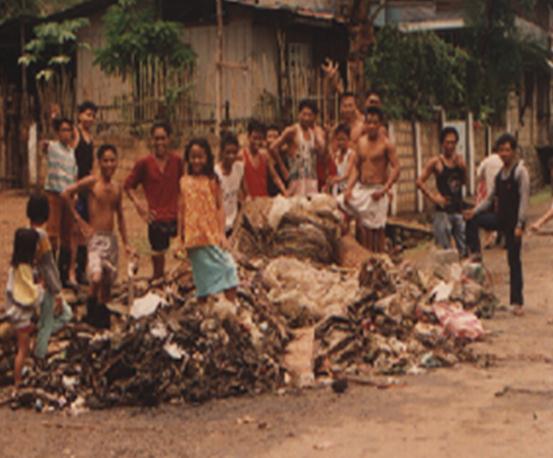
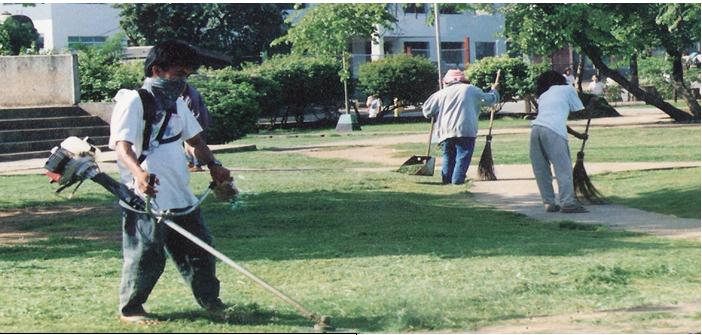
OPLAN LINIS PROGRAM
Operation Cleanliness or Oplan Linis was conceived to clean the city of tons of uncollected cigarette butts, plastics and all sorts of garbage. It was no easy task, insurmountable as it seemed, considering that the population has grown tremendously. It is his centerpiece of managing the environment. The Oplan Linis Program is undoubtedly the best among the few that succeeded. It had brought instant honor and prestige to Puerto Princesa City, which over the years has been known as the haven of prisoners and malaria-causing mosquitoes. Through the Program, the city’s ignominious past has been radically transformed to what is known today – the country’s Model of Cleanliness. Oplan Linis aimed to clean up not only the body of Puerto Princesa City but also the soul as well, the latter being its people. Central to this concept is value formation through massive information and education campaigns to instill in the mind and heart of the people, especially the children the importance of a clean and green environment. By environment, it meant not only the physical but the spiritual, moral and psychological aspects as well.
To comprehensively address the physical cleanliness of the city, Oplan Linis has six major components: Cleanliness, Beautification, Sanitation, Sagip-Dagat. Sagip-Hangin and Information Education Campaign (IEC). The Oplan Linis was designed to promote and implement in all the public places by no “fear or favor” City Ordinance No. 163-91 otherwise known as the ANTI-LITTERING ORDINANCE. Its major components are:
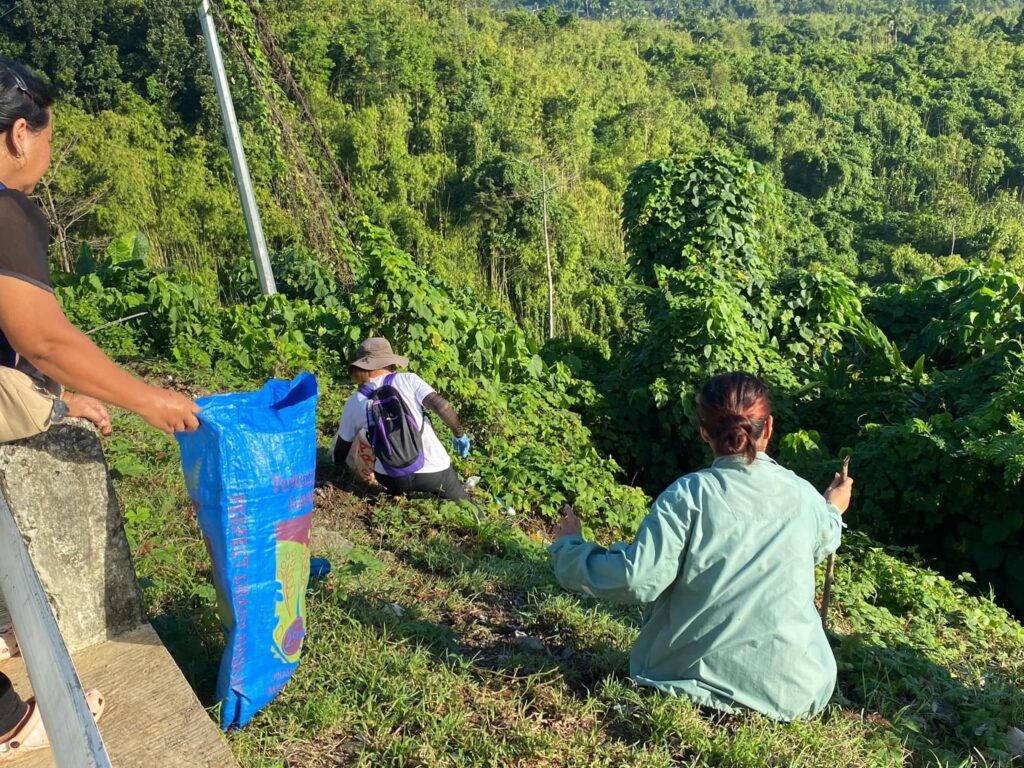
Cleanliness
This primarily involves proper garbage and waste disposal and the maintenance of clean surroundings by street sweeping, grass cutting and unclogging of canals.
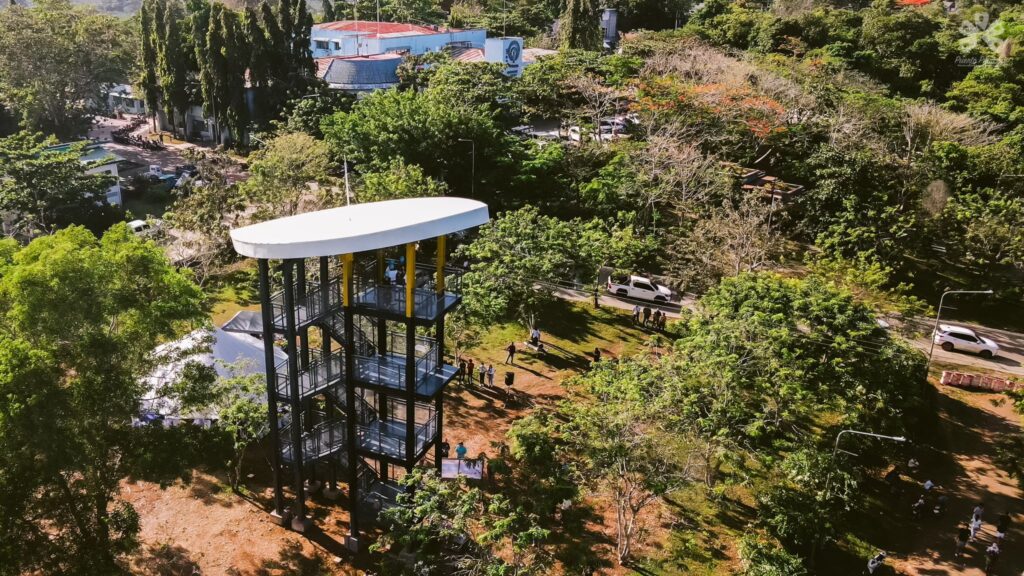
Beatification
The program encourages the planting of ornamental plants in open spaces – along the streets, parks, airport, cemeteries, and private owners of lots and residential areas.
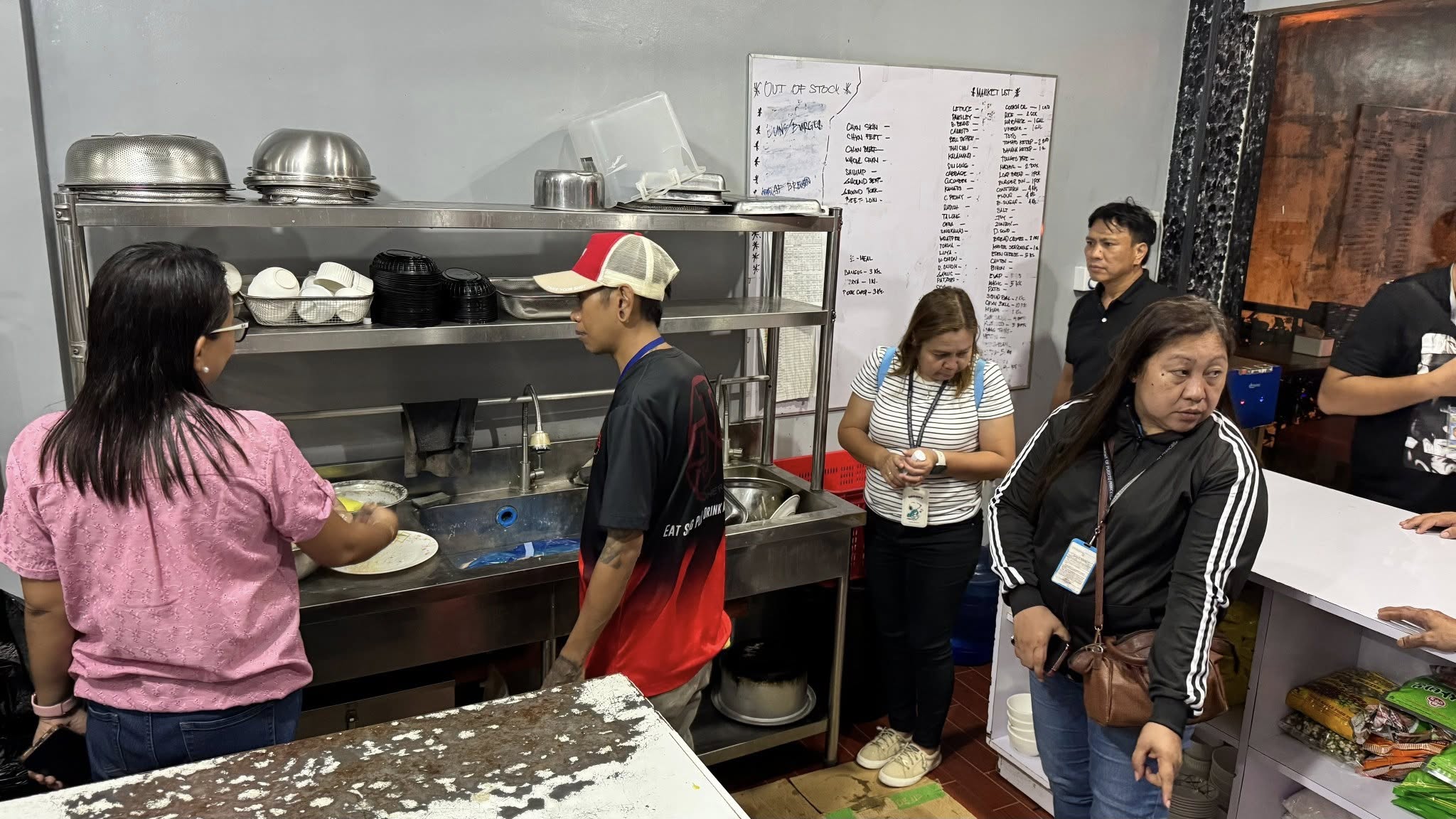
Sanitation
Part of the Environmental Health Service, its particular concern are examination of water facilities through the PHC Media Test, inspection of – toilets.
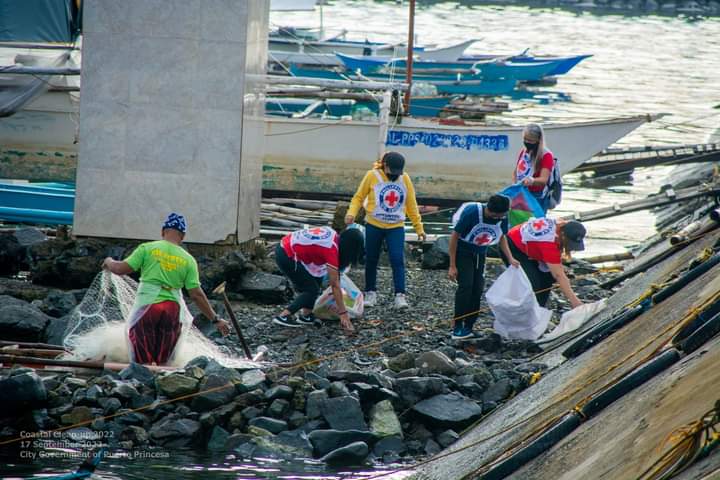
“Sagip-Dagat” Operation Basura
The program’s objective is to institute a waste management and collection of garbage in coastal areas along Puerto Princesa Bay and Sabang Bay.
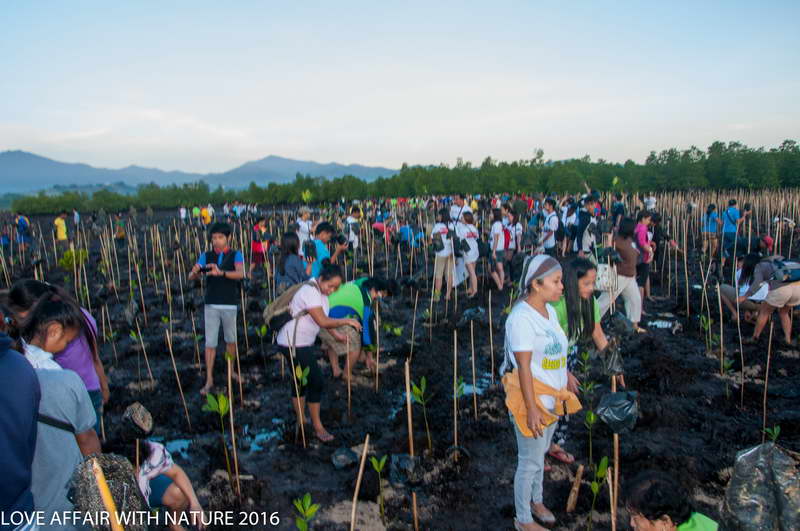
“Sagip-Hangin” Operation
The avowed goal of the Sagip Hangin Operation is to continuously provide the people of Puerto Princesa a clean air and healthy environment.
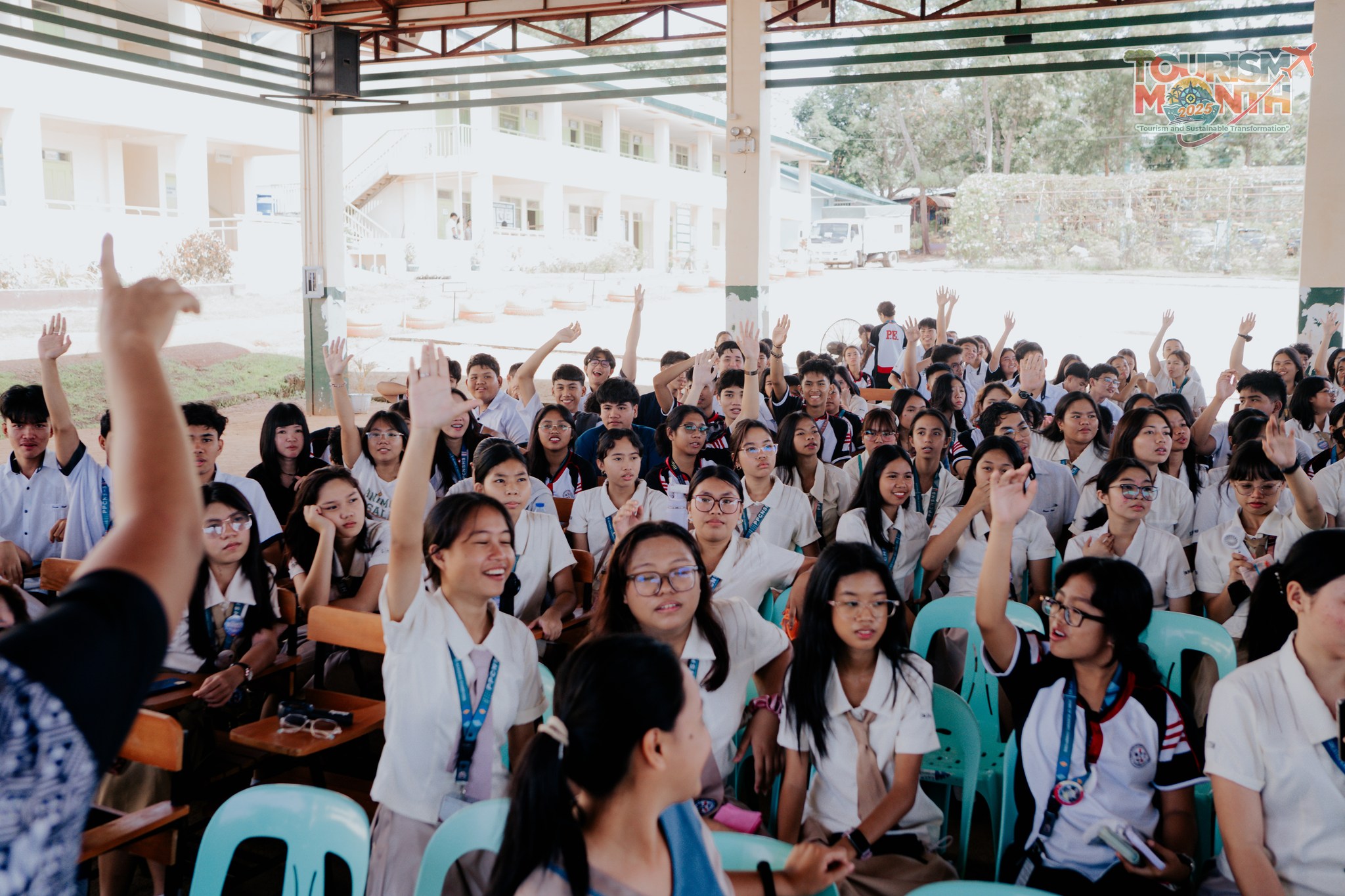
Information and Education
These are done through lectures, talks, posters, radio broadcast, television programs, newspapers, interviews and testimony.
THE BIRTH PAINS OF OPLAN LINIS
Inspired by a six-year old girl, who Ellen with her mother Aliva Clark Marcelo and sister Teresita Marcelo Maslog watched while sitting in one of the benches in Rizal Boulevard, Dumaguete City, as to what would she do with an empy corn-cob, when she had finished eating her corn–on-the-cob. They made guesses: that the little girl would threw it out in the sea or better still threw it on the street but to their amazement the little girl walked a short distance toward the trash bin and threw the empty corn cob into the bin. Ellen thought that if this can be done in Dumaguete City, then, why not in Puerto Princesa City.
Silently, Ma. Elena Marcelo Hagedorn, her sisters Teresita and Editha with a team of equally motivated ladies, launched the Oplan Linis Program without fanfare. At first they tried with a group of adults with the mindset to undertake the ground work. She later found out that the adults were busy with other things for a living. So the group focused to train the youngsters. They invaded the classrooms in the elementary and high schools, with permission from the school authorities. To their satisfaction, the program was well-received. Talks on cleanliness preceded sumptuous merienda or snacks. By force of habit, a number of pupils and students aimlessly threw the food wrappers away. Others looked for the waste bin in the room. To further observe the pupils/students, the group would return to the same school going through the same process until such time the pupils and students learned and developed a mindset of cleanliness and threw the wrappers in the waste bin provided for the purpose.
CLEANEST AND GREENEST HALL OF FAME AWARD
In 1894, Puerto Princesa said to be the smallest among the Hispanic settlements in the island of Paragua, became known as “Unos de los mas bellas,” an award of recognition as one of the most beautiful towns in the Philippines for its orderly distribution of streets and houses and its cleanliness. A century later, regained its title, when in a joint search launched through the Department of Interior and Local Government (DILG); Department of Environment and Natural Resources (DENR); Department of Tourism (DOT) and Civic Groups by First Lady Amelita Ramos, has chosen Puerto Princesa City as the “CLEANEST AND GREENEST COMPONENT CITY IN 1994.”
Then in 1995 it continued to hold the distinction as the Cleanest and Greenest City in the Country when it won the AWARD OF EXCELLENCE given by His Excellency President Fidel V. Ramos at Rizal Park, Manila on December 19, 1995. Likewise, theCity was adjudged as the Cleanest and Greenest in Region IV and CLEANEST INLAND BODY OF WATER.
The City’s sustained drive to maintain cleanliness, beautification and environmental sanitation thru its OPLAN LINIS Program, has for three consecutive years held the distinction as the CLEANEST AND GREENEST CITY in the Country, earned the 1996 HALL OF FAME AWARD.
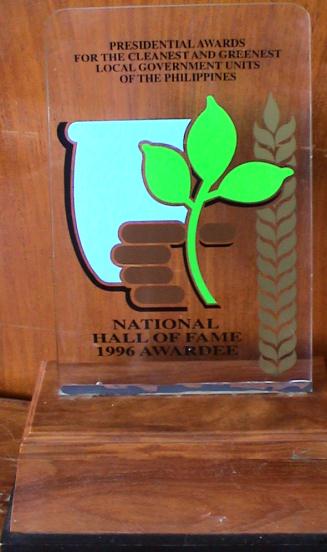
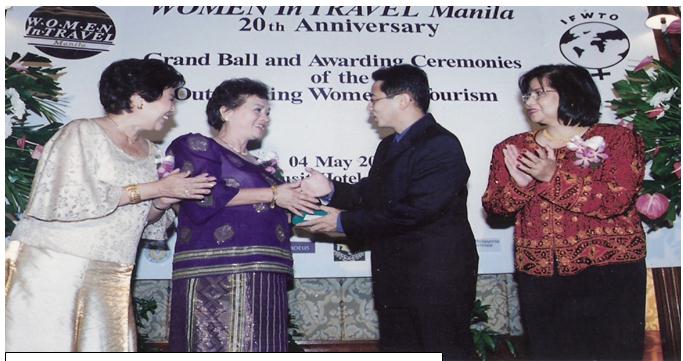
ROLE OF WOMEN
The role of women in the development of Puerto Princesa City is best attested by the awards given particularly to Mrs. Ma. Elena Marcelo Hagedorn, one is for Oustanding Woman in Tourism in 2000 by the organization of Women in Travel (WIT), Manila. The award was given in recognition of the “achievements of prominent women in government who have dedicated themselves to the growth of tourism in their own areas”, making their respective cities well known the world over.
Mrs. Hagedorn was awarded Outstanding Woman in Tourism for her contributions as key partner in the several eco-tourism awards such as the Philippine Earth Award for Wildlife Protected Area Management; the Grand Award in the First Macli-ing Dulag Environmental Achievement Award, and other clean and green awards for the City and in the re gioHer other achievements in the promotion of tourism are: the Palawan visitors exhibit of local tourist attractions was chosen for five consecutive years the Travel Mart’s Best Tourism Destination Booth; in 1994 Travel Mart chose Puerto Princesa –Palawan as the country’s best tourism destination and received a citation from SKAL for espousing cleanliness, peace and order, and economic progress which continued to attract foreign and local visitors. Moreover, the visitors enjoyed such eco-tourism activities as caving, scuba diving, jungle trekking and the like.
The National Council of Women of the Philippines, has chosen Mrs. Ma. Elena Marcelo Hagedorn as the Ten Outstanding Women of the Philippines on April 3, 2003 for her outstanding performance as Oplan Linis Program Manager of the City of Puerto Princesa
